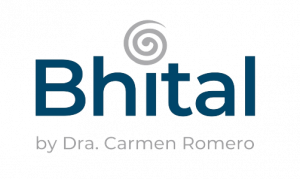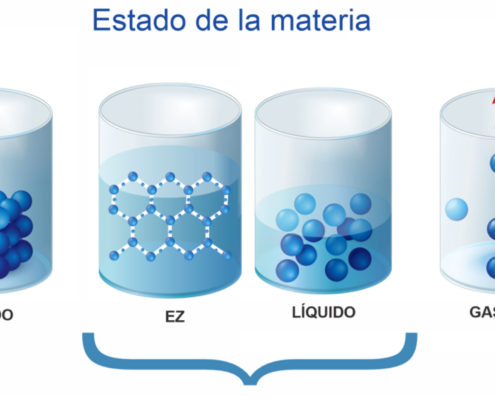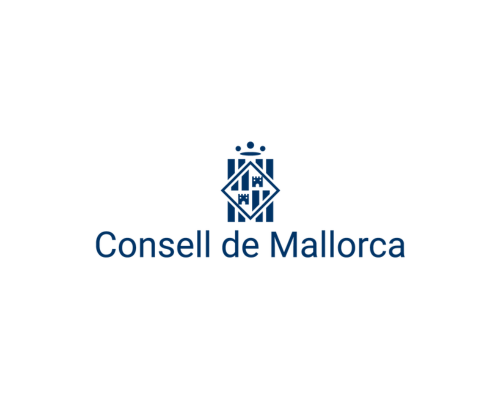PRACTICES FOR LIVING AND BREATHING IN A HEALTHY ENVIRONMENT, FREE OF SUBSTANCES THAT ARE TOXIC TO HEALTH
Hygiene, cosmetics and cleaning products
Conventional hygiene products may contain substances that are toxic to health.
It is recommended, above all, to carefully read the labels of the products that we normally use in personal hygiene, household, cosmetics, kitchen utensils, cars, etc., which are usually many (shower gel, shampoo, body lotions, moisturising creams, lipsticks, paints, after-shave creams, toothpaste, window cleaner, floor cleaner, dishwasher detergent, laundry detergent ….). In conclusion, we must be aware of them in order to reduce them.
PRODUCTS TO AVOID
– Ammonia
– Bleach
It is especially important not to mix bleach with ammonia, as it produces a toxic gas called chloramine.
SUBSTANCES TO AVOID
PHTHALATES: DEHP, D3P, DIBUTYL PHTHALATE,DIPHTHALATE
These are substances added to plastics to increase their flexibility and are also used as solvents in perfumery and pesticides. Above all, they are hormone disruptors and can therefore cause damage, e.g. to the reproductive system, thyroid disorders, infertility, impaired child development, teratogenic disorders, hormone-dependent cancer.
ALMIZCLE SINTÉTICO (ALMIZCLES POLICÍCLICOS O NITROALMIZCLES)
Mostly used in the perfume industry. They can cause alterations in the central nervous system, sperm DNA, hormonal system, respiratory system, urinary system, skin and hormone-dependent cancer.
DEA: DIETHANOLAMINE
Used in the manufacture of cosmetics, insecticides and herbicides, additive in automotive fluids, in water treatment processes, and natural gas purification. May cause e.g. severe skin and eye damage and is associated with liver and kidney cancer.
SODIUM LAURYL SULPHATE
Mainly used in pharmaceutical formulations, in shampoos, skin cleanser, toothpaste, as well as detergents in the textile industry and in injectable experiments on laboratory animals. May cause irritation of the skin, eyes, mucous membranes, as well as the upper respiratory tract and stomach.
CHLORHEXIDINE
Antiseptic substance, widely used in dentistry, hand creams and soaps. However, it can cause lesions in the middle ear, cornea, urticaria, as well as angiodema and anaphylaxis.
PHENOL
Used e.g. in the preparation of synthetic resins, dyes, medicines, pesticides, synthetic tanning agents, aromatic substances, lubricating oils and solvents. May cause, in particular, respiratory tract, kidney, lung, skin and central nervous system damage. In addition, it has teratogenic and carcinogenic effects.
BISPHENOL A
Used in the manufacture of plastics used as packaging, e.g. for food, beverages, bottles and tableware, as well as food container coatings. Bisphenol A interacts with the hormone system affecting fertility, in other words probably oncogenic.
FORMALDEHYDE
Used as tissue fixative, preservative, disinfectant, embalming agent, in textile, cigarette, deodorant industry …. May cause e.g. respiratory, urinary, digestive disorders, vomiting, eye and skin irritation and cancer.
TRICHLOSAN
Also used as an antiseptic and in personal hygiene products, dishwasher and other cleaning products, impregnated in wood for flooring, paints, etc. It is registered as a pesticide, therefore, with serious health risks, producing hormonal alterations, as well as genetic alterations.
BROMINE
It is used, for example, in the extraction of gold, silver, as a fuel additive, as well as in the manufacture of pharmaceuticals and dyes.
It can also cause severe skin burns, as well as respiratory, eye, glandular, cardiovascular and central nervous system disorders.
TITANIUM DIOXIDE
Used as a pigment in paints, as a bleaching agent or opacifier in porcelain enamels, and also in the production of ceramic transducers. It is also found as an additive in many medicines, supplements, creams, etc. However, it can cause lung disorders, skin and eye irritation and is a category 2 carcinogen.
IODINE
Used in products of the pharmaceutical industry, photographic industry, dyes, as a radiological contrast medium, and as a radioactive product. However, it can produce glandular, skin, teratogenic, carcinogenic and anaphylaxis alterations.
CHLORINE
Organochlorine compounds, used as water disinfectants, cleaning products, oxidant in the textile and paper industry. In addition to reproductive, immune and glandular system deficiencies, they can also cause chronic intestinal and oncological disorders.

FLUOR
Used in dentistry, in toothpastes, manufacture of Teflon, aluminium and production of semi-conductors, etc. Fluoride is very serious in patients with renal insufficiency, besides, it can produce gastric lesions, in the dental enamel, as well as in bones and central nervous system.
MERCURY
Used mainly in dental amalgam, gold and silver extraction, manufacture of mirrors, thermometers, tensiometers, fluorescent lamps, turbine engines, explosives industry, and as a medicinal antiseptic. Above all, it can cause damage to the skin, eyes, severe damage to the central nervous system, as well as to the respiratory, urinary and hearing systems.
TALC (SILICATE)
Used e.g. as a filler in the manufacture of paper, lacquers, paints, ceramic industry, additive in rubber and plastics, cosmetics and food industry. It is important to note that the use of talc in the genital area is associated with ovarian cancer.
EDTA
Used e.g. as a chelating and precipitating agent for heavy metals, and also as a drug and in dentistry. Can also cause eye irritation, respiratory, digestive and skin lesions.
UNIDENTIFIED PERFUMES AND FRAGRANCES
Apart from the known toxic substances used in perfumes and fragrances, there are a number of chemicals that are not required to be specified, such as nitrosamines, although they are carcinogenic, or others whose effects on human health are still unknown A large proportion of fragrances are hormone disrupters.
PEG POLYETHYLENE GLYCOL, PROPYLENE GLYCOL AND THEIR DERIVATIVES
Used in the pharmaceutical industry and various cleaning products. Can cause skin, kidney and liver damage and hormone disruption.
DMDM HYDATOIN
Mainly used in cosmetics and household products, fungicide. It is a carcinogenic preservative that irritates mucous membranes and also causes allergies as well as premature ageing.
PETROLEUM DERIVATIVES – mineral oils, paraffins, petrlatum, dimethicone, microcrystalline wax, silicone, glycerine.
Used in cosmetics, however, they produce skin alterations, because they clog the pores, impeding transpiration, producing allergies, acnes, difficulty in eliminating toxins, as well as having a carcinogenic effect and accumulating in the liver, kidneys and lymph nodes.
PARABENES
Used in cosmetics, deodorants, skin creams, baby products and food additives. They are mainly hormone disruptors, associated with infertility, thyroid disorders, endometriosis, hormone-dependent cancers, and can also cause allergic reactions.
ALUMINIUM SALTS
They are found, for example, in deodorants as well as in cosmetics and pharmaceuticals. They clog the sweat glands and cause eczema and skin lesions. In addition, an overload of aluminium in the body, in other words, can lead to diseases of the nervous system.
TRICHLOROETHYLENE, PERCHLOROETHYLENE, TETRACHLOROETHYLENE
Used as solvents for metal cleaning, as well as ingredients in adhesives, paint removers, correction paints and dry-cleaning of clothes. They produce important alterations in the central nervous system, liver, lung and it is also a carcinogen of group 2.
PERMETHRIN
Permethrin is one of the best known pyrethroids. They are therefore used as insecticides and pesticides. They can produce in addition to reduced lactation time, alterations in the reproductive, immune, hormonal, neurological system, it is also potentially carcinogenic and has a strong environmental impact.
KETONES
Mainly used as solvents for surface coatings with resins, in the preparation of adhesive inks and dyes, also in chemical manufacturing extraction and methacrylate manufacturing. They can therefore produce significant depression of the central nervous system, respiratory tract, liver and conjunctivae.
INSECTICIDES ORGANOPHOSPHORATES, CARBAMATES and PYRETROIDS
They produce alterations in the nervous system, kidney and liver damage, and hormonal alterations. However, some of them are widely used and classified as carcinogenic, e.g. glyphosate, parathion, tetrachlorvinphos.



















